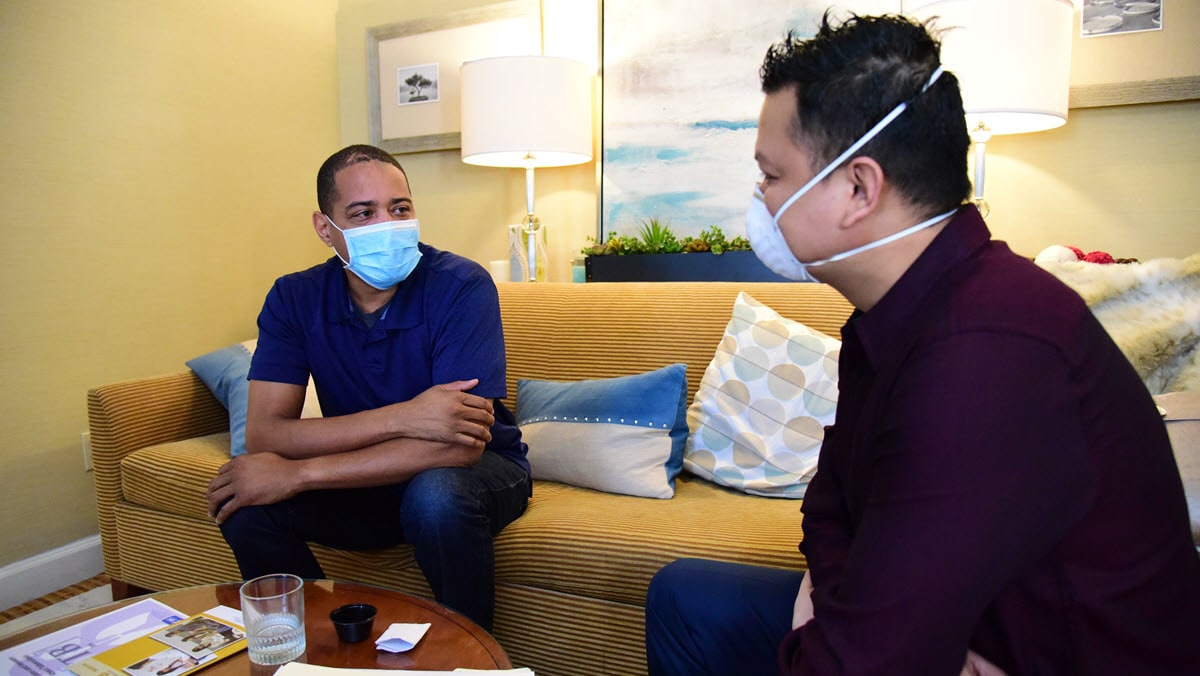Key points
- Some TB germs are resistant to medicines used to treat TB disease. This means the medicine can no longer kill the TB germs.
- Drug-resistant TB disease is difficult and costly to treat.
- The most important way to prevent drug-resistant TB disease is for all people being treated for TB disease to take all TB medicine exactly as prescribed.
- Drug-resistant TB disease should be treated by a TB medical expert.

Overview
Some TB germs are resistant to medicines used to treat TB disease. This means that the medicine can no longer kill the TB germs.
Drug-resistant TB disease means that the TB germs are resistant to at least one of the most effective TB medicines.
Types
There are different types of drug-resistant TB disease, depending on what medicines the TB germs are resistant to.
Multidrug-resistant TB disease (MDR TB) is caused by germs that are resistant to two or more of the main TB medicines: isoniazid and rifampin.
Two more serious forms of MDR TB are called pre-extensively drug-resistant TB (pre-XDR TB) and extensively drug-resistant TB (XDR TB). Pre-XDR and XDR TB are rare types of TB disease that are resistant to nearly all medicines used to treat TB disease.
People at risk
Drug-resistant TB disease is more common in people who:
- Have spent time with someone known to have drug-resistant TB disease.
- Come from areas of the world where drug-resistant TB disease is common.
- Develop TB disease again, after being treated for TB disease in the past.
- Do not take all of their TB medicines.
- Do not take their TB medicines regularly.
Causes
Exposure to drug-resistant TB germs
Some people develop drug-resistant TB disease because they are exposed to drug-resistant TB germs. Drug-resistant TB germs are spread the same way that drug-susceptible TB germs are spread.
TB is spread through the air from one person to another. The TB germs are put into the air when a person with TB disease of the lungs or throat coughs, speaks, or sings.
These germs can stay in the air for several hours, depending on the environment. TB germs are more likely to spread in indoor areas or other places with poor air circulation (such as a closed vehicle) than in outdoor areas.
People who have spent time with someone who is sick with drug-resistant TB disease can become infected with these resistant TB germs.
Drug-resistant TB disease can occur when the medicines used to treat TB are misused or mismanaged.
Examples of misuse or mismanagement include:
- People do not complete a full course of treatment for TB disease.
- Health care providers prescribe the wrong treatment for TB disease (the wrong dose or length of time).
- Medicines for proper treatment of TB disease are not available.
- TB medicines are poor quality.
Prevention
Do not miss any doses and do not stop treatment early. Tell your health care provider if you are having trouble taking the medicines, for example, if your medicine makes you throw up, you get a fever, or develop a rash.
Diagnosis
Part of a medical evaluation for TB disease includes laboratory tests to find TB germs. If these tests find TB germs, laboratories perform additional tests to see if the germs are resistant to any of the TB medicines.
Treatment
Treating and curing drug-resistant TB disease is complicated.
People with drug-resistant TB disease must be treated with special medicines. Treatment may take a long time, sometimes months or years and the medicines can cause side effects.
People with multidrug-resistant TB disease or extensively drug-resistant TB disease are at greater risk of severe illness and dying from the disease.
People with drug-resistant TB disease must see a TB expert who can make sure they prescribe the best medicines to treat their drug-resistant TB disease and closely observe their treatment to make sure it is working.
